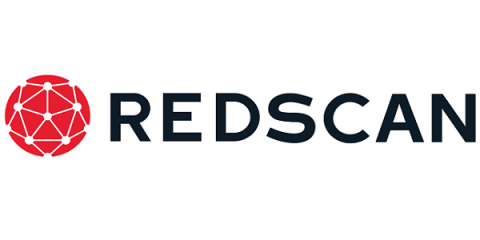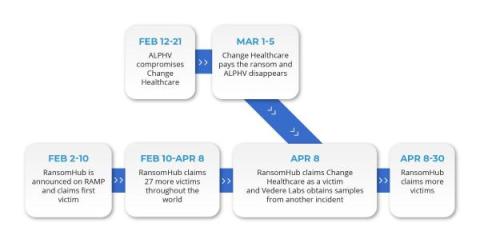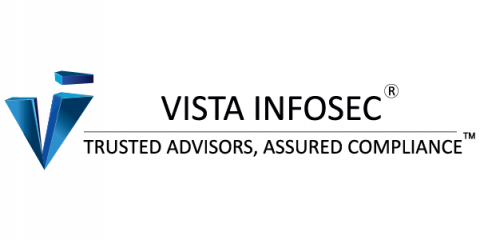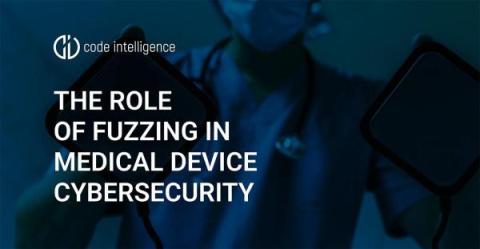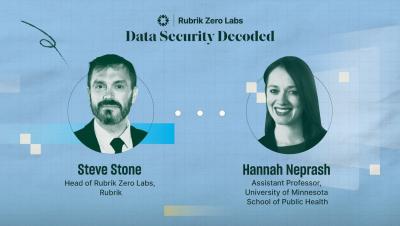Protecto - Secure and HIPAA Compliant Gen AI for Healthcare
Generative AI is often seen as high risk in healthcare due to the critical importance of patient safety and data privacy. Protecto enables your journey with HIPAA-compliant and secure generative AI solutions, ensuring the highest standards of accuracy, security, and compliance.






